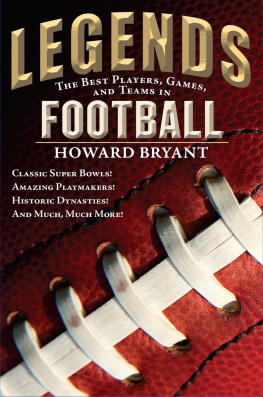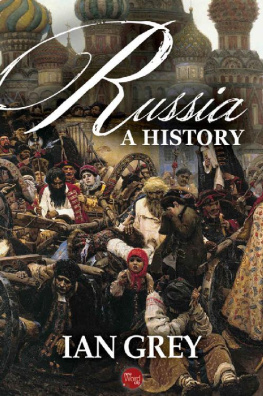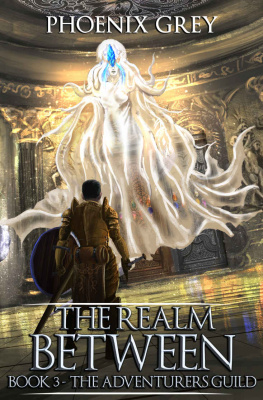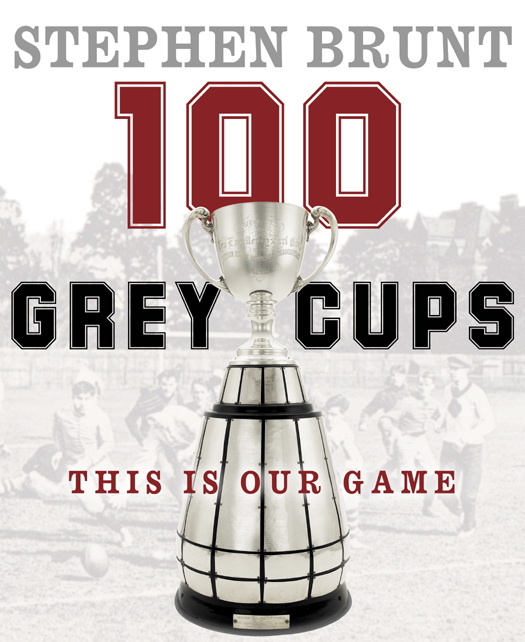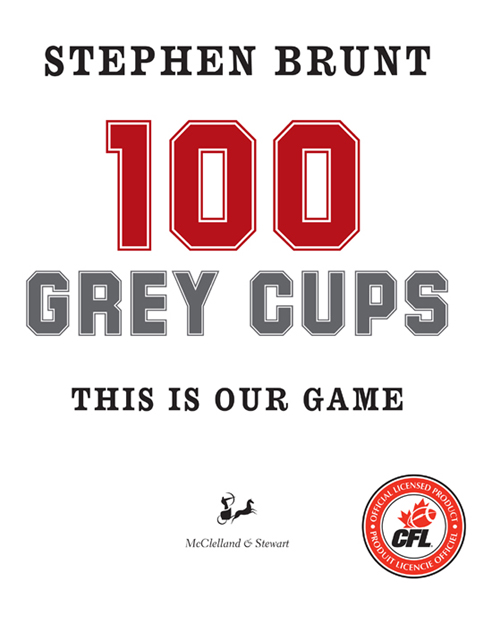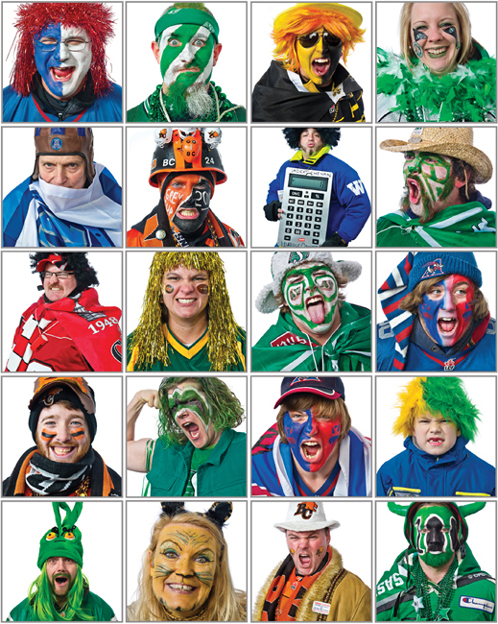
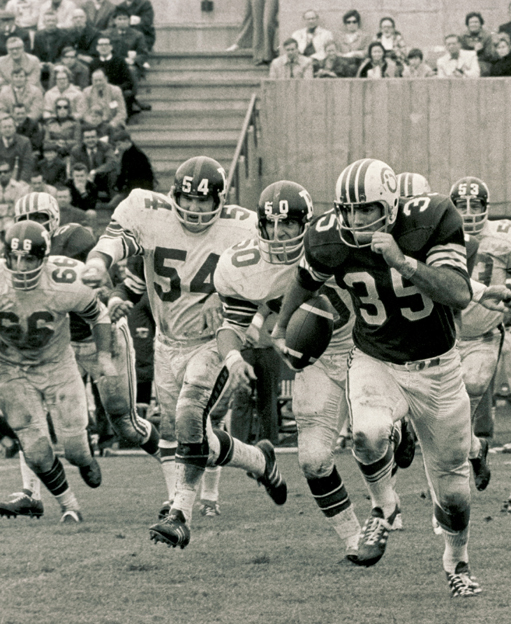
Copyright 2012 by Stephen Brunt
All rights reserved. The use of any part of this publication reproduced, transmitted in any form or by any means, electronic, mechanical, photocopying, recording, or otherwise, or stored in a retrieval system, without the prior written consent of the publisher or, in case of photocopying or other reprographic copying, a licence from the Canadian Copyright Licensing Agency is an infringement of the copyright law.
Library and Archives Canada Cataloguing in Publication
Brunt, Stephen
100 Grey Cups : this is our game / Stephen Brunt.
eISBN: 978-0-7710-1746-9
1. Grey Cup (Football)--History. 2. Canadian Football League--History. 3. Canadian football--History.
I. Title.
II. Title: One hundred Grey Cups.
GV948.B78 2012 796.335648 C2012-900975-X
We acknowledge the financial support of the Government of Canada through the Canada Book Fund and that of the Government of Ontario through the Ontario Media Development Corporations Ontario Book Initiative. We further acknowledge the support of the Canada Council for the Arts and the Ontario Arts Council for our publishing program.
Published simultaneously in the United States of America by McClelland & Stewart, a division of Random House of Canada Limited, P.O. Box 1030, Plattsburgh, New York 12901
Library of Congress Control Number: 2012932354
All photos courtesy of the Canadian Football Hall of Fame except courtesy of Ryan Enn Hughes.
McClelland & Stewart,
a division of Random House of Canada Limited
One Toronto Street
Toronto, Ontario
M5C 2V6
www.mcclelland.com
v3.1

CONTENTS

THE GREY CUP REFLECTS US ALL
We Canadians are proud of our heritage, and the Grey Cup is one of our countrys most enduring icons.
We celebrate excellence, and so, too, does the Grey Cup, for only the names of champions can grace it.
We are sometimes defined by our weather, and Grey Cup lore is thick with snow and mud and ice and fog.
We are all shaped by our past, and the history of the Grey Cup is very much our history.
We are confident about Canadas future, and the Grey Cup mirrors that confidence, as it is about to boldly launch into its second century.
But above all, the Grey Cup reflects our ability to come together, as Canadians.
The Grey Cup has been called the nations glue, for it has joined us together whether we be Canadians by birth or Canadians by choice, young or old, easterners or westerners for as long as any of us can remember.
So the 100th Grey Cup is not only a chance to celebrate the great game of Canadian football, tremendous championship contests, and our own league, the Canadian Football League.
Its an opportunity to celebrate something that is uniquely, passionately, and unapologetically ours.
Its a time to celebrate Canada.
And Stephen Brunt is distinctly qualified to help us do just that.
An accomplished author and award-winning journalist, Stephen is one of our countrys pre-eminent storytellers. Whats more, hes a diehard fan a Hamilton kid who grew up idolizing the Tiger-Cats at what was then Civic Stadium, and a columnist whose coverage of every major sporting event in the world has confirmed his deep-seated conviction that the Grey Cup championships are second to none, and truly something special.
We at the Canadian Football League will cherish this book. And we will proudly share it with our fellow Canadians for years to come, because this celebration is as much a renewal as it is a retrospective. This is not the end. Its just the start of the next chapter.
Today, the Grey Cup is attended by tens of thousands, watched by millions, and revered by Canadians from coast to coast to coast, as well as by Canadians living abroad.
It is bigger and better and stronger than ever, giving us every reason to be confident that our Grey Cup, like our Canada, has a future even brighter than its past.
MARK COHON
Commissioner
Canadian Football League
ACKNOWLEDGEMENTS
This book would not have been possible without the assistance of the outstanding researcher Paul Patskou, who unearthed a treasure trove of contemporary news-paper accounts, and also allowed me access to his vast collection of historic film.
Larry Robertson also provided help filling in some very specific details.
The two most significant works on the history of Canadian football were invaluable resources. They are: The Grey Cup Story: The Dramatic History of Footballs Most Coveted Award by Jack Sullivan (Greywood Publishing, 1972); and 100 Years of Canadian Football by Gordon Currie (Pagurian Press, 1972). Also consulted was Heroes of the Game: A History of the Grey Cup by Stephen Thiele (Moulin Publishing, 1997).
Thanks to everyone at McClelland & Stewart, to the folks at the Canadian Football League offices, and to the staff of the Canadian Football Hall of Fame.
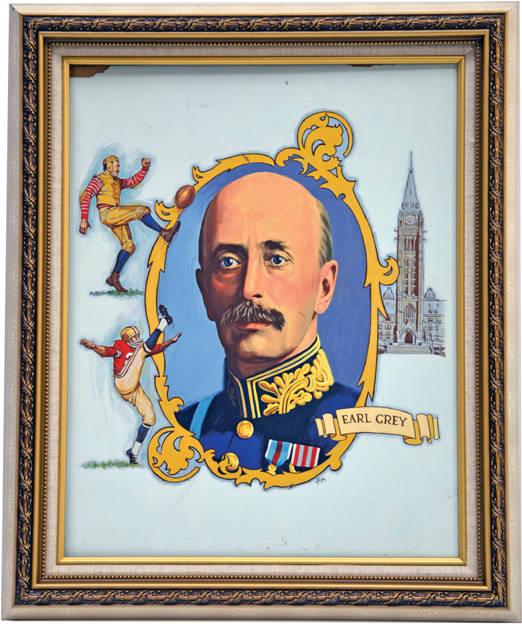
A portrait of Earl Grey which resides in the Canadian Football League Hall of Fame.
INTRODUCTION: OUR GAME, OUR STORIES
A lbert Henry George Grey, the fourth Earl Grey, liked to stroll through the streets of Ottawa, or at least thats how legend would have it. He was anything but narrow in his outlook, especially in the context of those early days of the twentieth century. In fact, he was a bit of a Renaissance man who, during his tenure as Canadas governor general, greatly expanded the role of the Crowns representative in the Dominion. He travelled the whole of the vast country at a time when that was no simple proposition, and visited the colony of Newfoundland as well. He became friends with the American president, Theodore Roosevelt. He promoted the idea of a national culture, was a patron of the arts, set up awards for music and drama, and was a champion of social reform. Appalled by anti-Asian rioting in Vancouver, he arranged for Prince Fushima of Japan to come to Canada, the nations first important foreign royal visit. And his wife, Lady Grey, the first governor generals better half to be granted the title Her Excellency, sponsored competitions for the most beautiful gardens in her adopted hometown. Any one of these achievements would have made him a notable figure, and collectively they certainly left their mark in the Canadian history books. But it is almost by accident that Lord Grey lives on as a household name.
The story is that during his walks in the nations capital, Earl Grey would occasionally pass the Varsity Oval, where he sometimes saw a game being played that must have seemed familiar. As a product of Englands public school system he was educated at Harrow and at Trinity College Earl Grey would have known of the type of football invented at the Rugby School in Rugby, Warwickshire. Rugby was a sport that had evolved from the myriad brands of organized and not-so-organized football whose roots reached back to ancient times when warriors kicked around the heads of vanquished opponents. Two distinct styles would emerge: one in which handling the ball was forbidden, which would become the passion of the working classes, and one in which players were allowed to pick up the ball and run with it, which would become the sport of Englands privileged elite.



